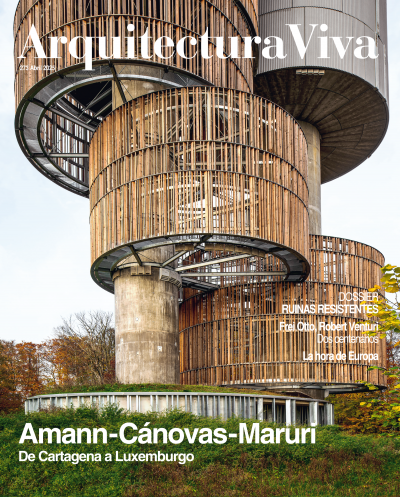


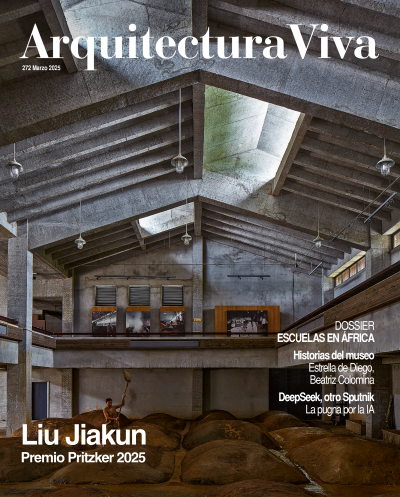
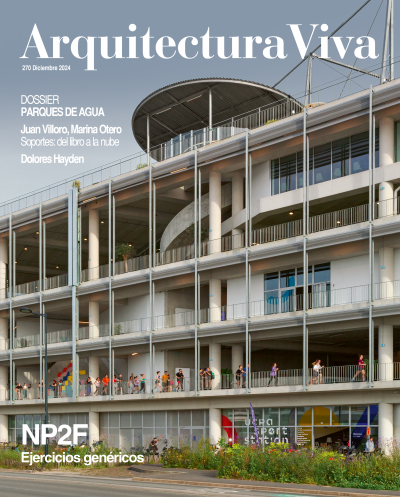
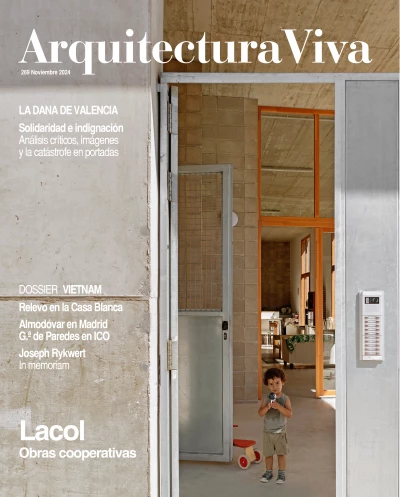
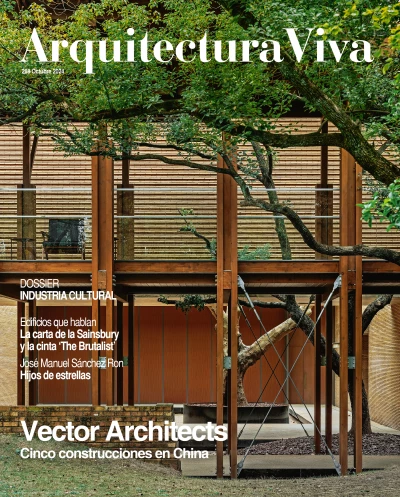
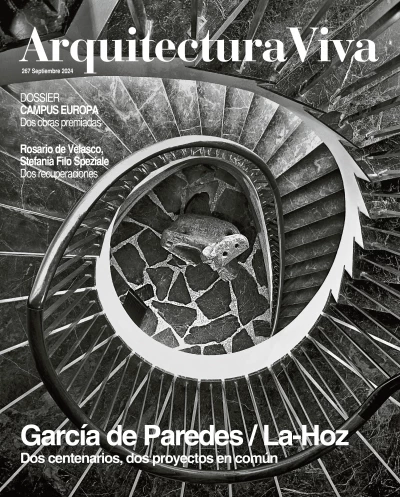
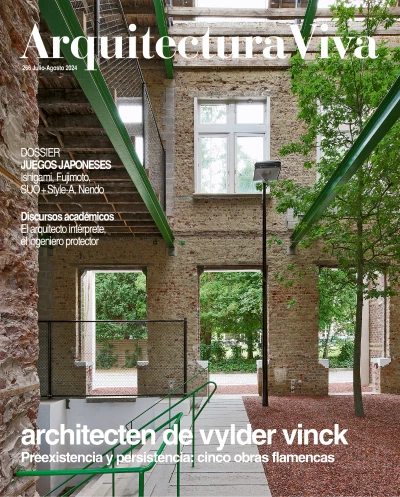
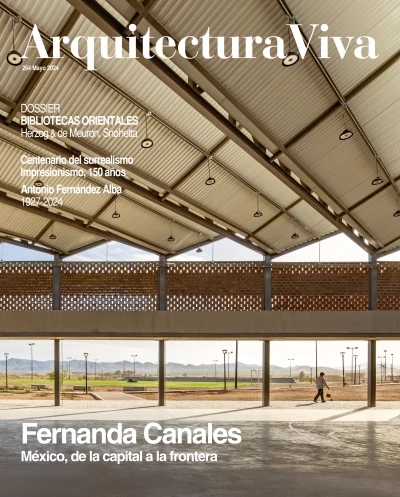
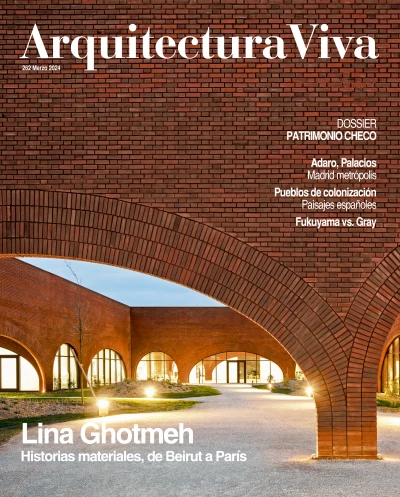
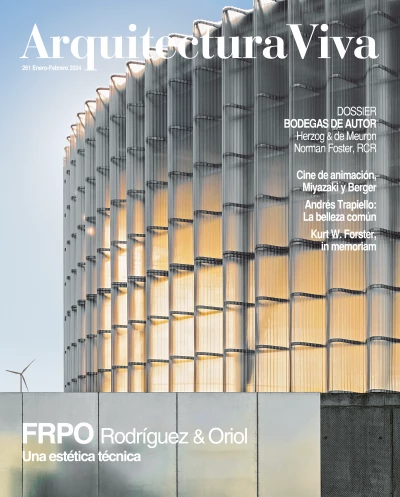

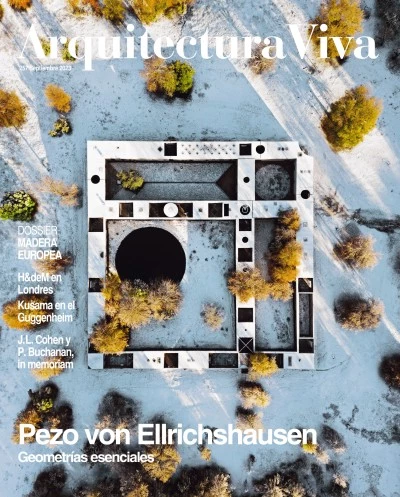
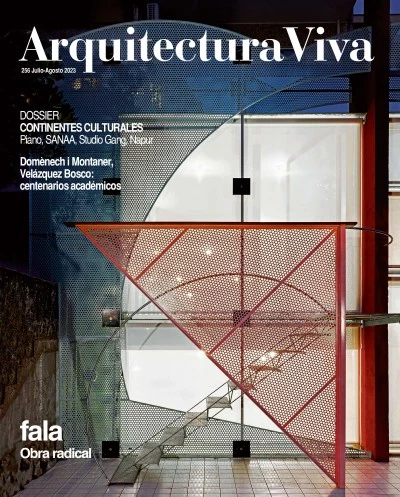
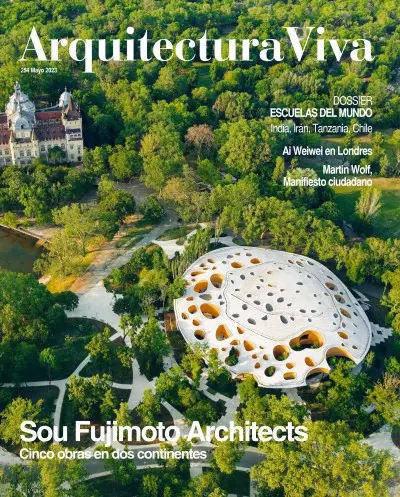
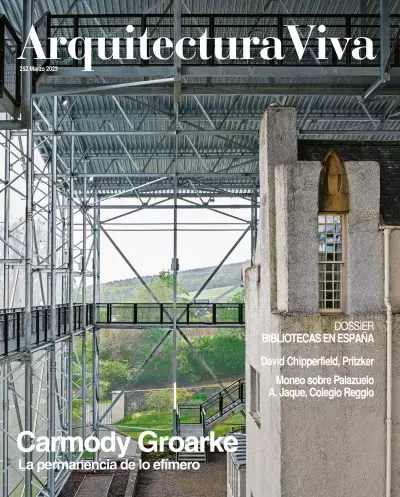

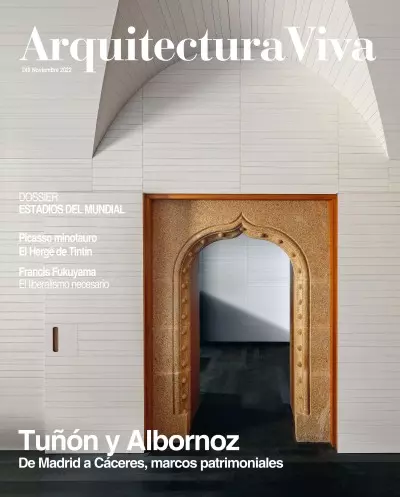
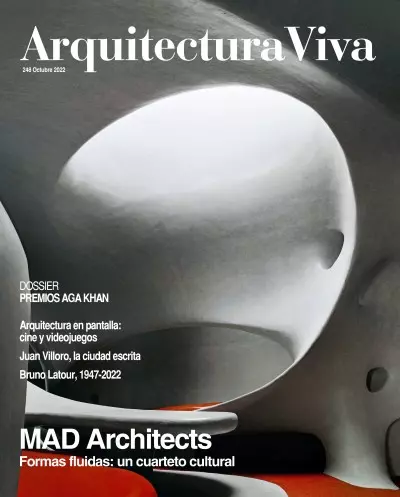
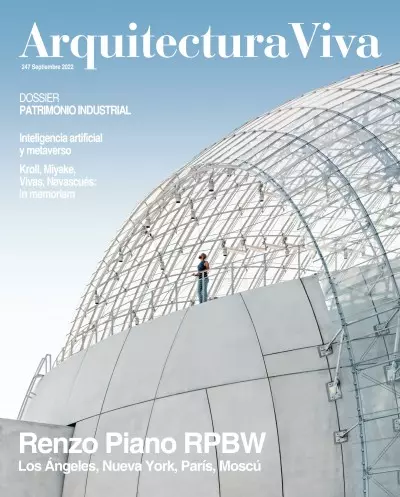
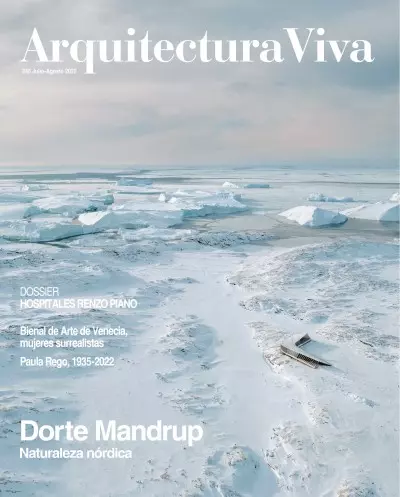
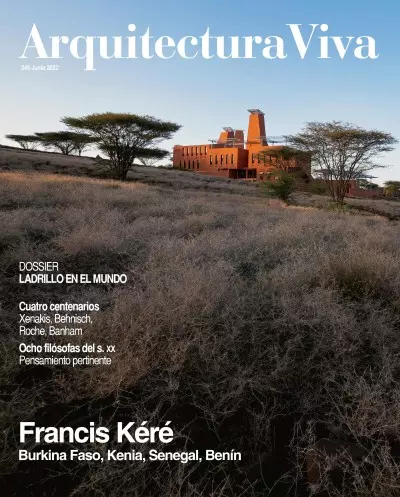
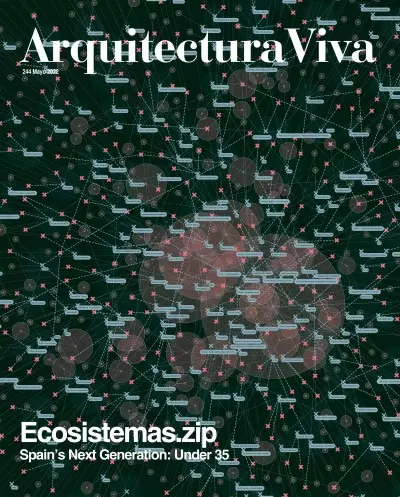
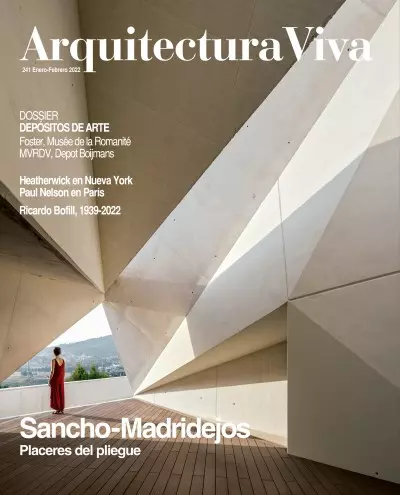
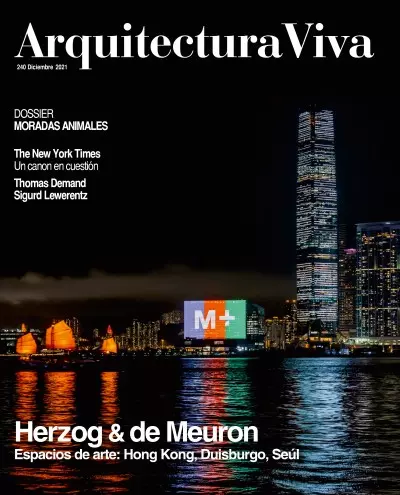
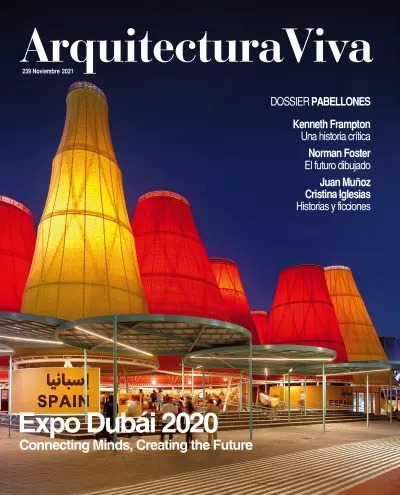
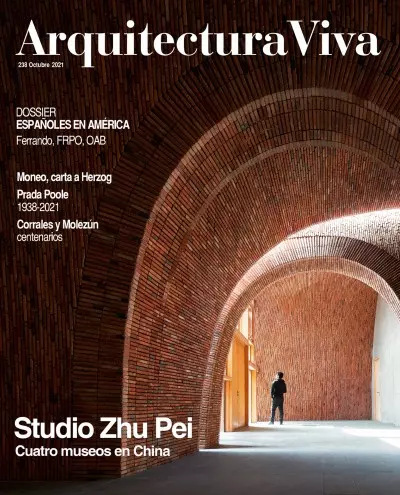
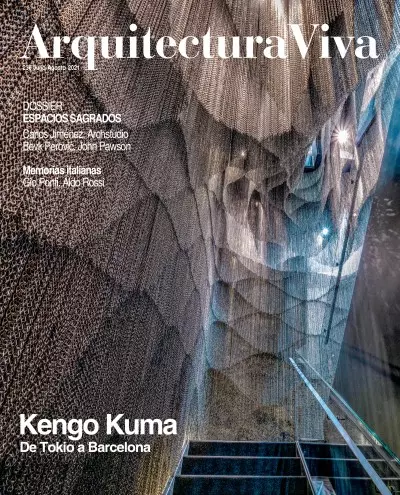
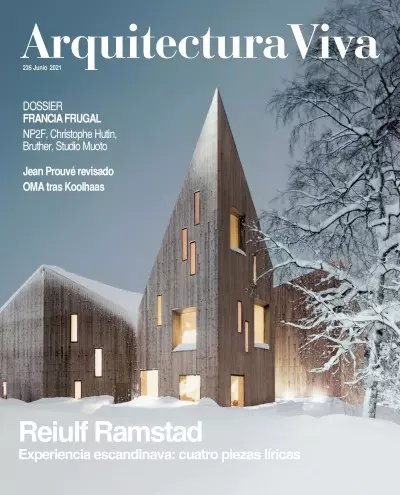
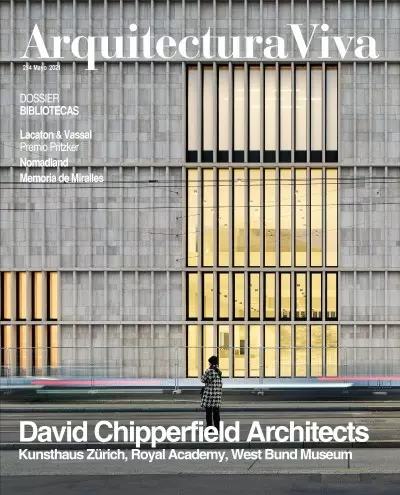
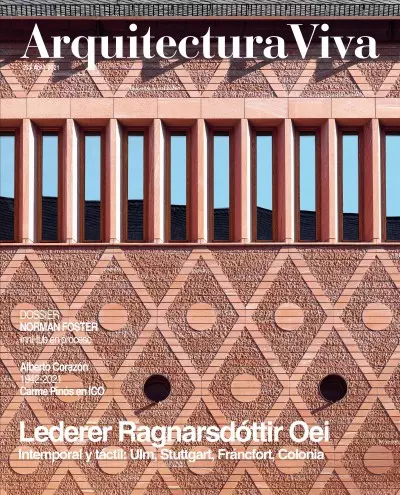
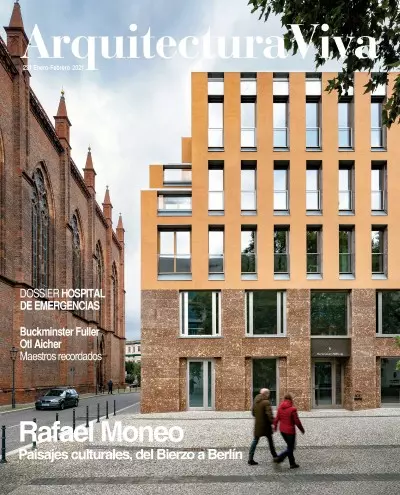

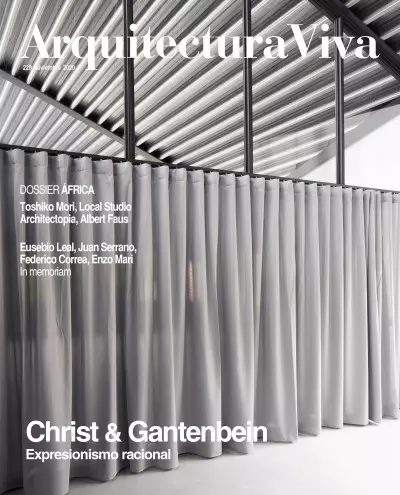
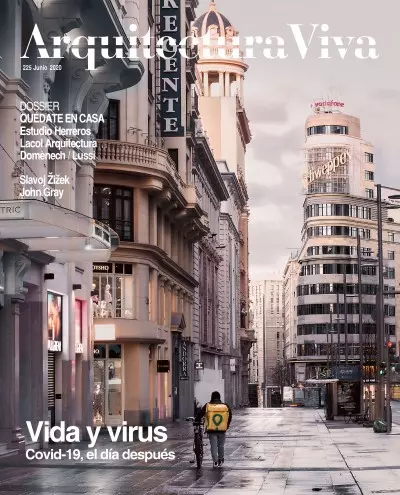
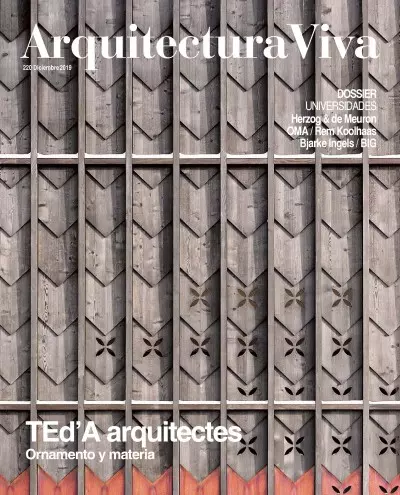
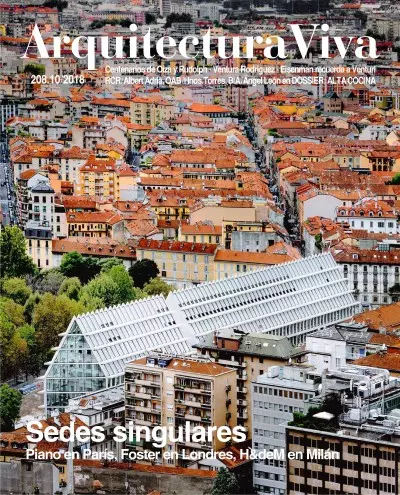
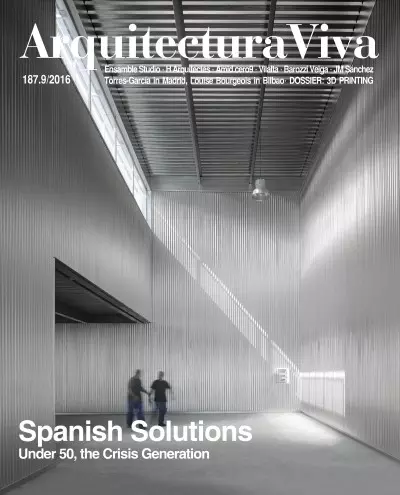
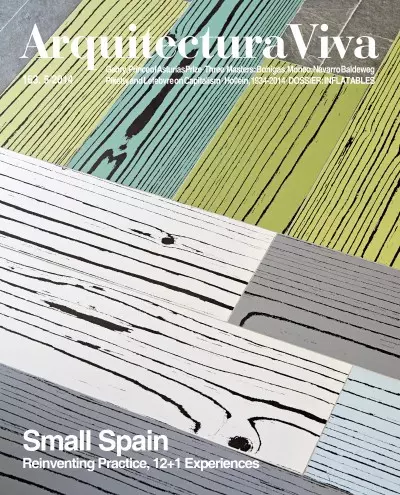
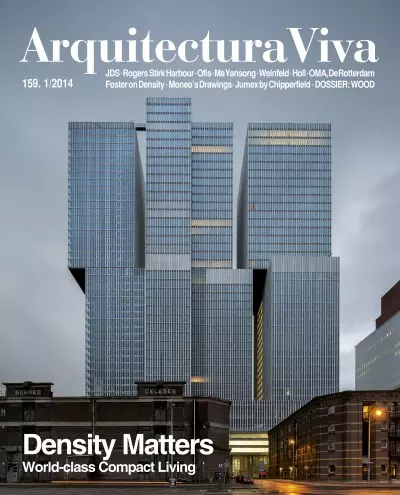
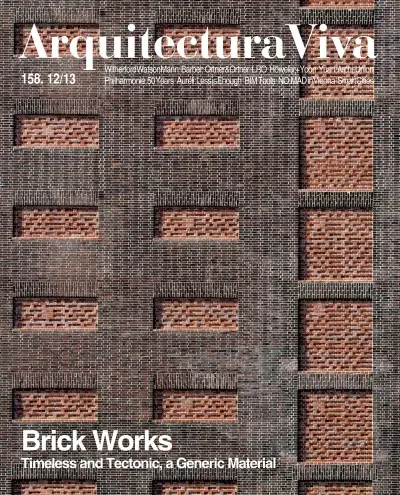
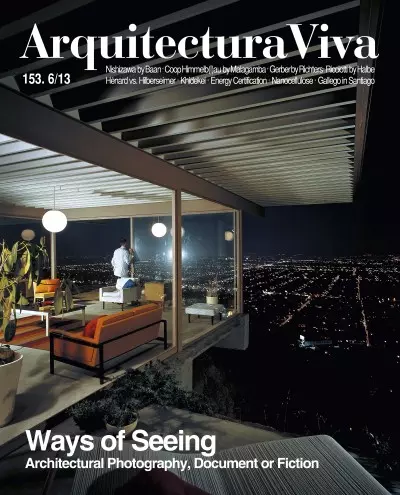
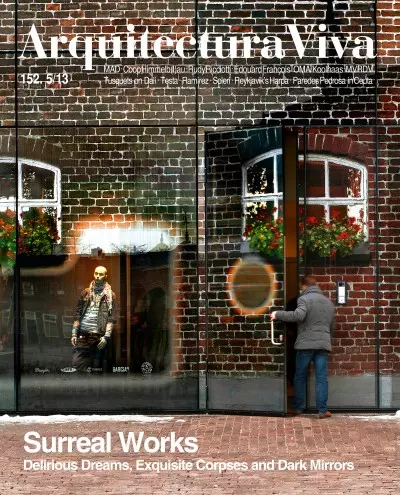
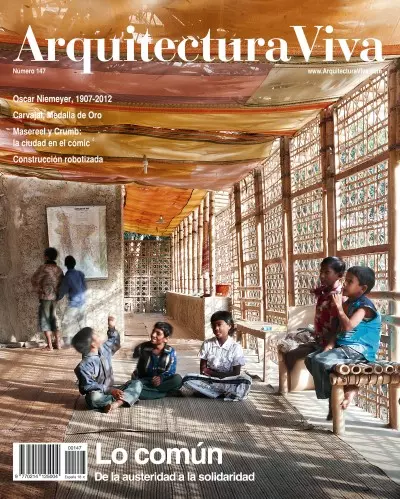
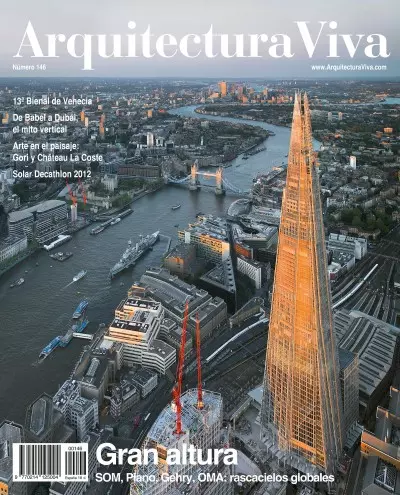
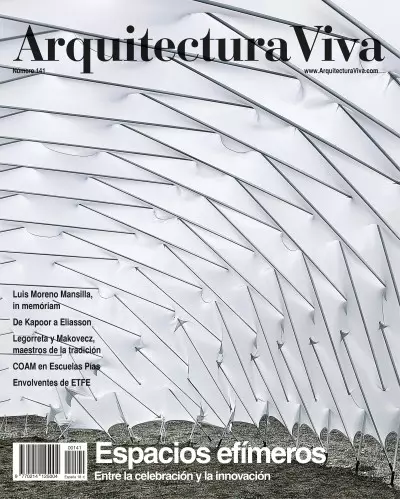

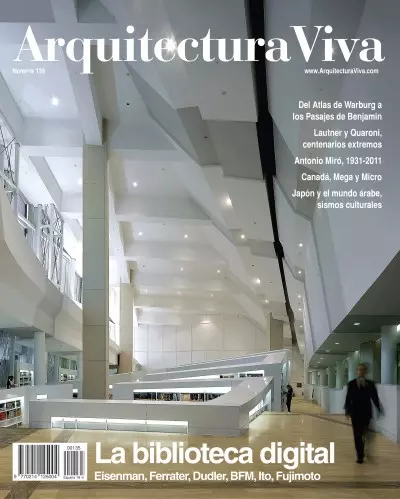
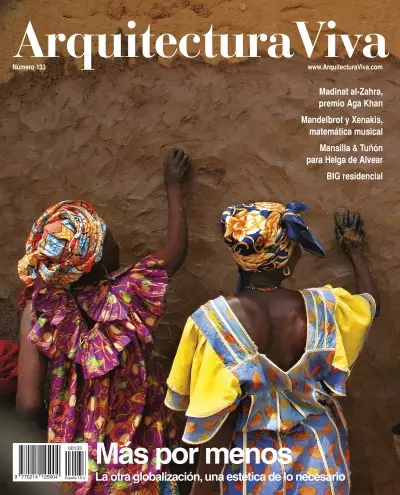
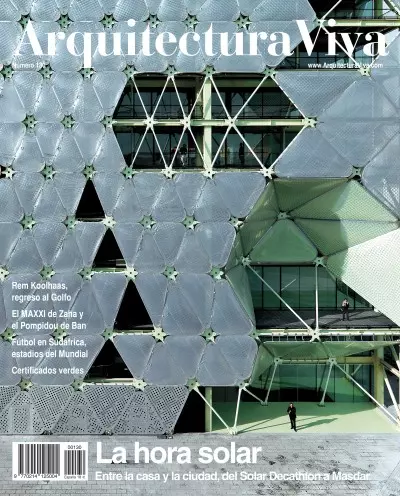
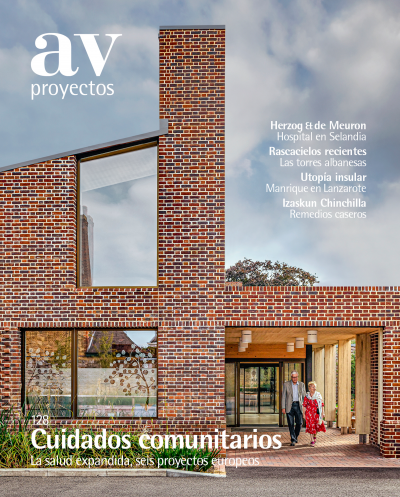
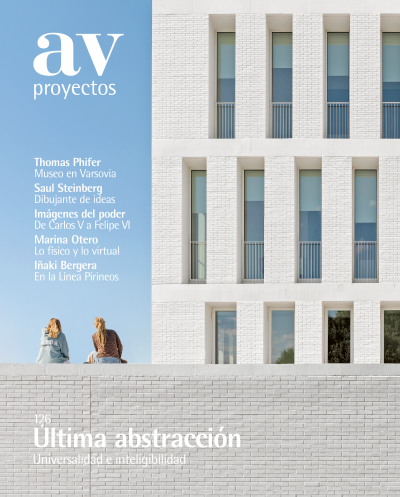
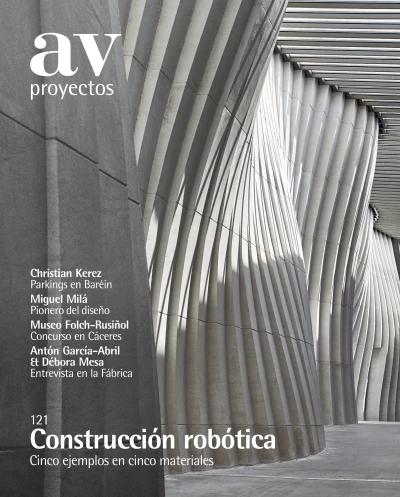
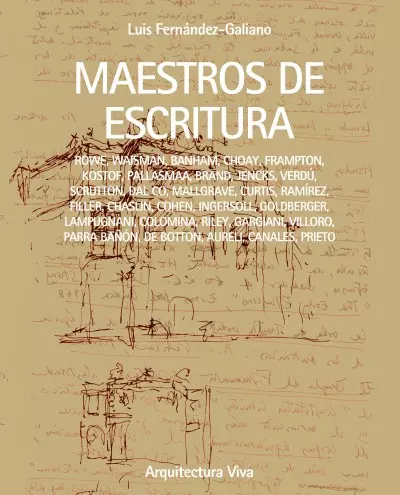
Modern architecture wanted to be industrial; the architecture of today wants the same. But in a different way. We have overcome the old program of heroic industrialization; we disbelieve in the maximalist purposes of ‘hard’ prefabrication; and we rec
If he had persevered in his longevity, Robert Venturi would have turned a hundred in 2025, and the centenary would perhaps have been observed with the unsettling kind of devotion that legends bent on continuing to live beyond their time stir up. But
That we Europeans profess a profound, historical ignorance of Albania is proven by the fact that when referring to the Balkan country, we always go to that adjective, ‘Balkan.’ As a good tailor’s box, Balkan serves to combine topics – mountains, reli
These two histories of history give narratives an influence on architecture, so we could perhaps call them operative historiographies. The book by Crison and Williams, which calls for a reencounter between architectural history and art history, claim
We like to think of abstraction as the artistic act that creates a world of forms stripped of the dirty constrictions of reality. But any abstraction is rooted in matter; it is concrete abstraction rooted in tangible objects while giving shape to the
Children take two years to learn to read, and many take a lifetime to have a voice. Especially a writer, who uses such abstract mediums as words, sometimes to inform us, other times to move us, but always to draw us into a special ‘I-me’ from which g
The medieval sages never saw elephants, but read Pliny’s descriptions and drew them, to then include them in picture books they called bestiaries. A bestiary of sorts, made not of animals but of unbuilt buildings, is this volume put together with the
The observance of the centenaries of illustrious people is but a late version of the tradition of paying homage to the powerful, or a cultivated version of the celebration of children’s birthdays, besides a symptom of contemporary superstitions, whic
From hand to eye, from eye to hand, and either way to architecture. This is the route proposed by Duccio Malagamba in a highly personal but also celebratory book that passes not only through hands and eyes, but also through two time periods: before a
One way in which those fragments of cosmic dust we call humans have left traces of their time in the world has been by asking questions about the world: why we are here, what this all is, how it works. The first question has resulted in a trunk of kn
The avant-gardes got us used to thinking of history as made of revolutions: catastrophes forming tabulae rasae for new things. This culmination of the recently deceased Jacques Lucan’s trajectory is based on quite a different idea: more than radical
Vitruvius laid it down that the first requirement of architecture was the firmitas of its material construction, but he did not forget that buildings and cities, and the lives of their inhabitants, are also made of components that cannot be seen, tou
Nowadays drawing tends to be thought of as an artistic discipline of its own accord, but for a long time it was little more than a tool in the service of art, and it was in technology and science that drawings were considered useful and of value. The
¿Cuáles son los retos culturales, sociales, técnicos y medioambientales que deben afrontar los arquitectos hoy? ¿Qué rasgos caracterizan el pensamiento y la crítica contemporáneos? ¿Cómo son las herramientas para difundir la arquitectura en el ámbito
“It is at the same time a monograph on the architectural, urbanistic and landscape work of Philippe Rahm, a manifesto for a climatic architecture to face global warming, and a theoretical and practical treatise on the art of building atmospheres.” Su
The word ‘robot’ evokes certain 20th-century obsessions. For a start, it brings to mind the servile figures if those roboti through which Karel Capek lent weight to the myth, and which found their most amiable expression in the pair of androids of th
Taxonomy by generations and the observance of centenaries are superstitions of statistical thought, but keep our memory and sense of justice awake, especially when honoring figures whom fashions consign to limbo. This is not fully the case of José Ma
A species in extinction, a fragile koala still existing even though the ecosystems it thrived in no longer do, architecture criticism has for a while now been facing the question of how to die. Some part of it will take leave of us discreetly, bequea
Does being modern mean adopting a style, taking on a certain attitude, continuing to exhaust the paths of the avant-gardes, ultimately finding new ways to do old things? Balkrishna Doshi (1927-2023), one of the fathers of architecture in India, is un
Lumpen people wander the streets of the Quartiere Tuscolano; bicycles wheel from the borgate to the new working-class districts; a helicopter flies over the empty grounds of the Aqua Claudia transporting a Christ statue to St. Peter’s… Such scenes fr
Crises in publishing, paper supply, reading, humanism, economics, architecture... have jeopardized books, magazines, newspapers, and the usual modes of passing on knowledge. It is no mirage: there is much less reading done now than before, and readin
Fire, nests, dens, trees, primitive huts, machines, babels: architecture has always inspired metaphorical genealogies – discredited for the most part but maintaining their evocative powers, so the ‘origin’ notion remains valid, even fruitful, as the
An architect has to have a strong sense of self – a creative ego made of tastes and phobias – to be of any worth, but this personality often ends up in blatant hostility and rivalry with others in the profession. Not the case of Moneo. His selfhood,
Eduardo Prieto
Madrid 2024
Ediciones Asimétricas - 160 Pages
Eduardo Prieto Vientos, miasmas y arquitectura en el Renacimiento
Salvador Guerrero Eduardo Prieto
Madrid 2020
Ediciones Asimétricas - 180 Pages
Eduardo Prieto
Madrid 2019
Cátedra - 444 Pages
Eduardo Prieto Sobre el inconsciente del arte y la arquitectura
Eduardo Prieto Arquitectura, máquinas y cultura moderna
Eduardo Prieto Redes, no-lugares, naturaleza

